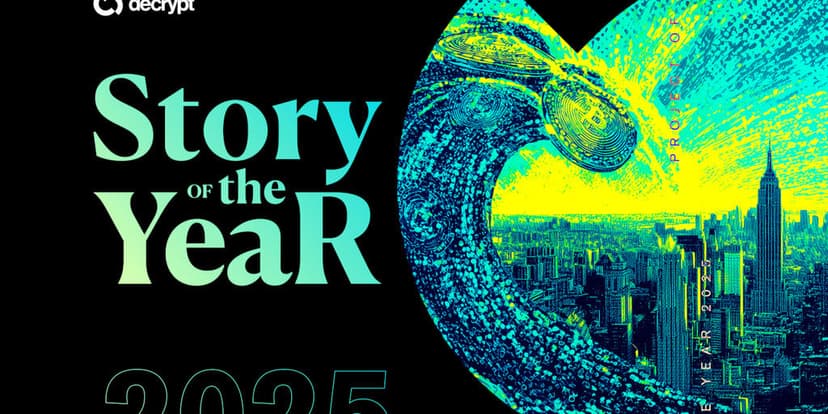Introduction
Lending Cardano can be an excellent choice for those looking to hold ADA while generating yield. The process might seem a bit overwhelming, particularly if it's your first time. That's why we've created this guide to assist you.
Step-by-Step Guide for Spain 1
1. Acquire Cardano (ADA) Tokens
To lend Cardano, you first need to possess it. To acquire Cardano, you'll have to buy it. You can select from these popular exchanges available in Spain.
Consulta todos los 73 preciosPlataforma Cripto Price Nexo Cardano (ADA) 0,37 APY PrimeXBT Cardano (ADA) 0,37 APY YouHodler Cardano (ADA) 0,38 APY Binance Cardano (ADA) 0,37 APY BTSE Cardano (ADA) 0,37 APY Coinbase Cardano (ADA) 0,37 APY 2. Select a Cardano Lender
Once you have ADA, you'll need to select a Cardano lending platform to lend your tokens. You can explore some options here.
Lending APYPlataforma Cripto APY Nexo Cardano (ADA) Hasta 8% APY YouHodler Cardano (ADA) Hasta 12% APY Bitget Cardano (ADA) Hasta 1,8% APY Blockchain.com Cardano (ADA) Hasta 1% APY 3. Lend Your Cardano
Once you've selected a platform to lend your Cardano, transfer your Cardano into your wallet on the lending platform. Once it's deposited, it will begin to earn APY. Some platforms pay interest daily, while others do so weekly or monthly.
4. Generate Earnings
Now all you need to do is sit back while your cryptocurrency earns APY. The more you deposit, the more APY you can earn. Try to make sure your lending platform pays compounding interest to maximise your returns.
What to Keep in Mind
Lending your crypto can be risky
Latest Movements in the Market
missing en-es translation: common.latest-movements-copy
- Capitalización de mercado
- US$32.98B
- volumen en 24 horas
- US$1.27B
- Oferta circulante
- 35,86B ADA
Frequently Asked Questions About Lending Cardano (ADA) in Spain
- What is Cardano (ADA) and how does it function?
- Cardano (ADA) is a blockchain platform designed for developing decentralized applications (dApps) and smart contracts. Launched in 2017, it utilizes a unique proof-of-stake consensus mechanism called Ouroboros, which enhances security and energy efficiency. Cardano's architecture consists of two layers: the Cardano Settlement Layer (CSL) for transactions and the Cardano Computation Layer (CCL) for smart contracts. This design promotes scalability and flexibility, enabling developers to create innovative solutions while maintaining a secure environment.
- What distinguishes Cardano from other blockchain platforms?
- Cardano distinguishes itself through its research-driven approach, employing peer-reviewed academic research to guide its development. Its unique two-layer architecture separates the settlement layer, which handles ADA transactions, from the computation layer, which facilitates smart contracts. Additionally, Cardano utilizes the energy-efficient proof-of-stake consensus mechanism, Ouroboros, rather than traditional proof-of-work, making it more sustainable. This combination of features enhances security, scalability, and flexibility, positioning Cardano as a leading blockchain platform.
- How does Cardano's proof-of-stake mechanism function?
- Cardano's proof-of-stake mechanism, called Ouroboros, allows users to validate transactions and create new blocks based on the amount of ADA they hold and are willing to stake. Validators, known as stake pool operators, are selected to create blocks in proportion to their stake, which incentivizes participants to maintain and invest in ADA. This energy-efficient approach enhances network security and decentralization compared to traditional proof-of-work systems, enabling more users to engage in the validation process while reducing environmental impact.
- What are the primary use cases for Cardano (ADA)?
- Cardano (ADA) supports various use cases, particularly in decentralized finance (DeFi), identity management, and supply chain solutions. Its smart contract functionality enables the creation of decentralized applications (dApps) that facilitate secure peer-to-peer transactions, lending, and trading. Additionally, Cardano aims to enhance digital identity verification through blockchain technology, allowing users to manage their identities securely. The platform's architecture also supports transparent and traceable supply chain management, promoting efficiency and trust across industries.
- How does Cardano ensure the scalability of its network?
- Cardano ensures scalability through its unique two-layer architecture, consisting of the Cardano Settlement Layer (CSL) and the Cardano Computation Layer (CCL). This separation allows for efficient transaction processing alongside smart contract execution. Additionally, Cardano employs the Ouroboros proof-of-stake mechanism, which enhances transaction throughput without compromising security. Future enhancements, including the implementation of sharding and sidechains, are planned to accommodate increasing user demand and improve overall network performance.



